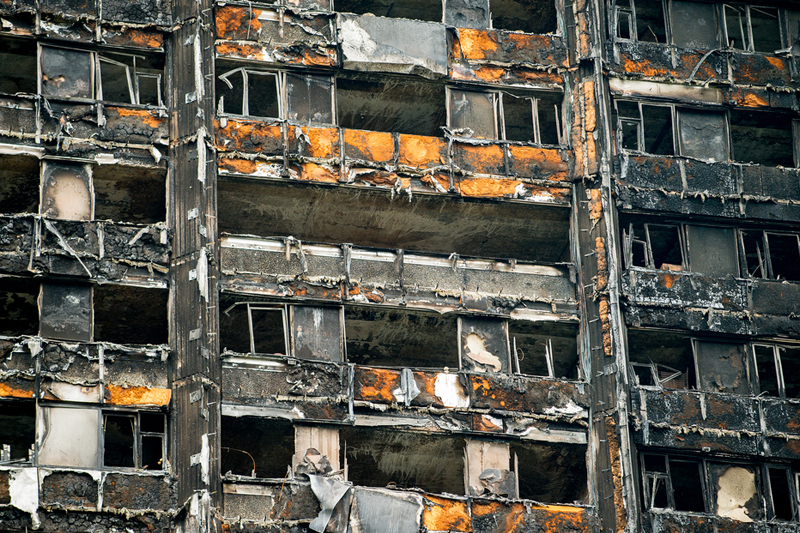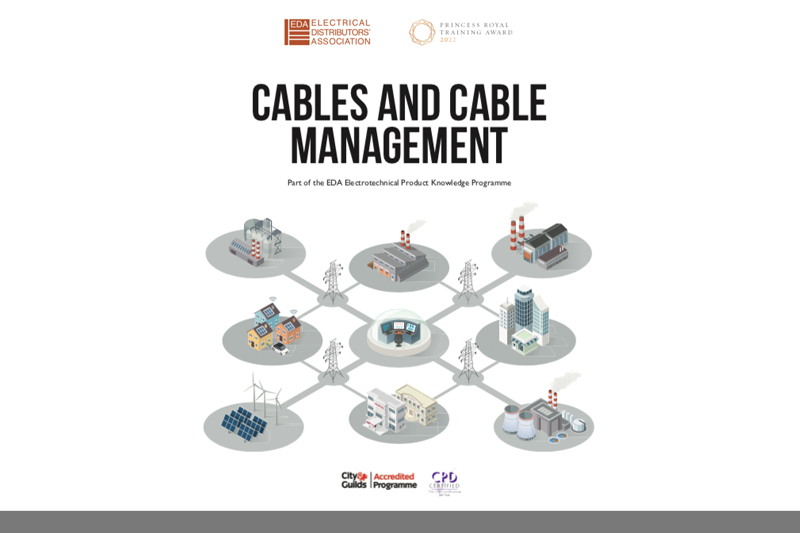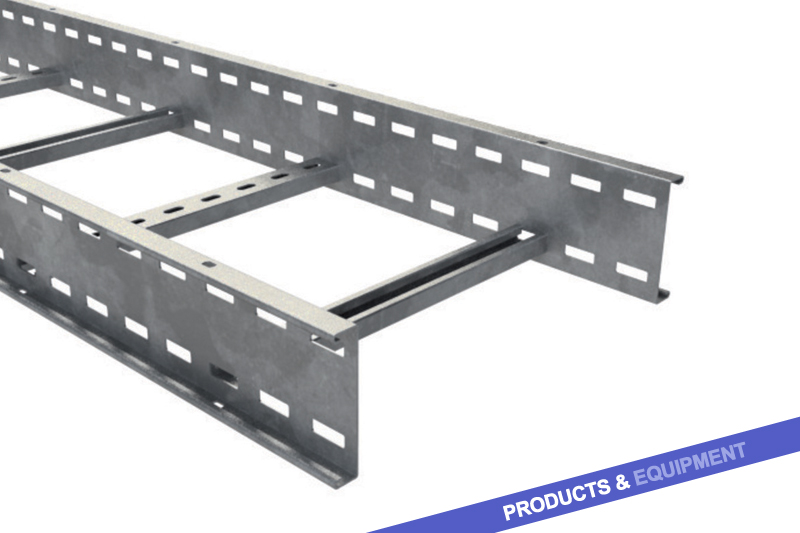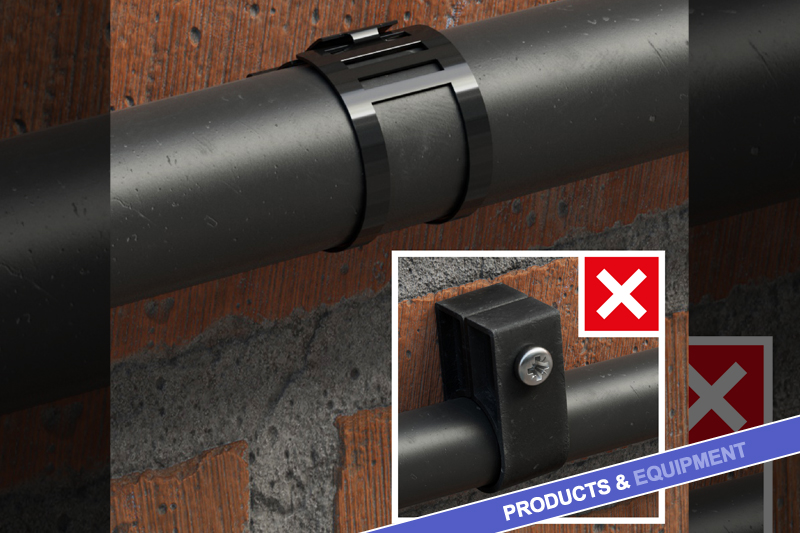Martin Gregg, Commercial Manager at cable management specialist, Unitrunk, discusses why fire testing of cable management should pre-empt any mandatory requirements.
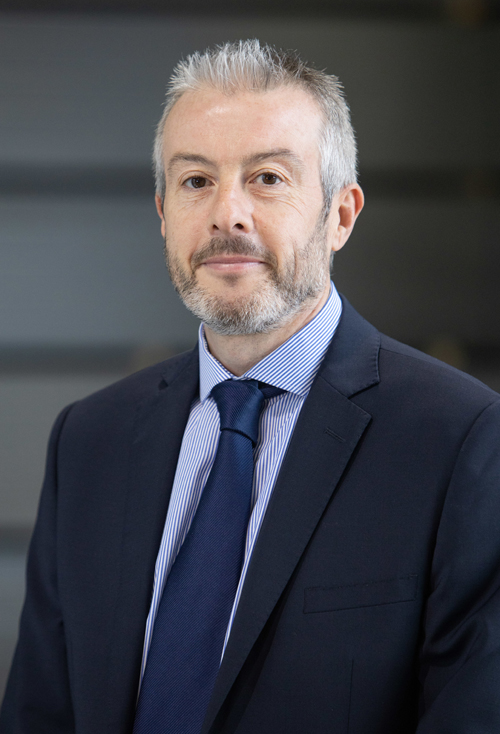
In June it will be two years since the tragic fire at Grenfell Tower in London claimed 72 lives and affected the lives of so many others. It’s an event that is still the subject of much discussion; not least in the construction sector where it raised concerns about the fire safety of materials used in new build and refurbishment projects.
The Hackitt Report published last May, following the independent review of building regulations and fire safety, highlighted the ‘ambiguity of regulations and guidance’ and called for a ‘risk-based approach’ to specification with ‘transparency of information and an audit trail.’
The new regulatory framework that will be delivered following the review will initially focus on multi-occupancy residential buildings and the report acknowledges that ‘legislative change will take time’. Meanwhile, however, specifiers and end-users are looking for reassurance that their specification is not only safe and robust, but that it will also meet any future compliance requirements.
Cable management is one of the many product categories for which there is currently no mandatory fire testing requirement, either within building regulations or the wiring regulations. This leaves those with responsibility for specifying and installing cable management networks with a lack of information regarding which systems offer verified fire safety. That’s why Unitrunk has taken the decision to invest in fire testing and verify the fire resistance of our systems now, ahead of any legislation, as part of a duty of care to customers and the occupiers of the buildings where our cable management is installed.
Resilience at high temperatures
Unitrunk is the first cable management specialist in the UK to pass fire safety testing for its systems and, like any safety tests, the results are specific to Unitrunk products, so cannot be assumed to apply to other brands of cable tray or cable ladder. All tests were carried out by an independent third party testing house under controlled and monitored conditions.
The tests were undertaken on both the RIS (Rapid Installation Systems) UniKlip cable tray, which is designed to offer faster installation with tool-free coupling using snap-on ‘Klips’, and our conventional cable tray system. The UniKlip system was tested in 450mm heavy-duty, pre-galvanised cable tray and 300mm medium duty pre-galvanised cable tray, while the conventional Unitrunk cable tray system was tested in 450mm hot dip galvanised steel.
For the cable ladder tests, we used 900mm widths of medium duty SW4 cable ladder in both stainless steel and hot dipped galvanised variants.
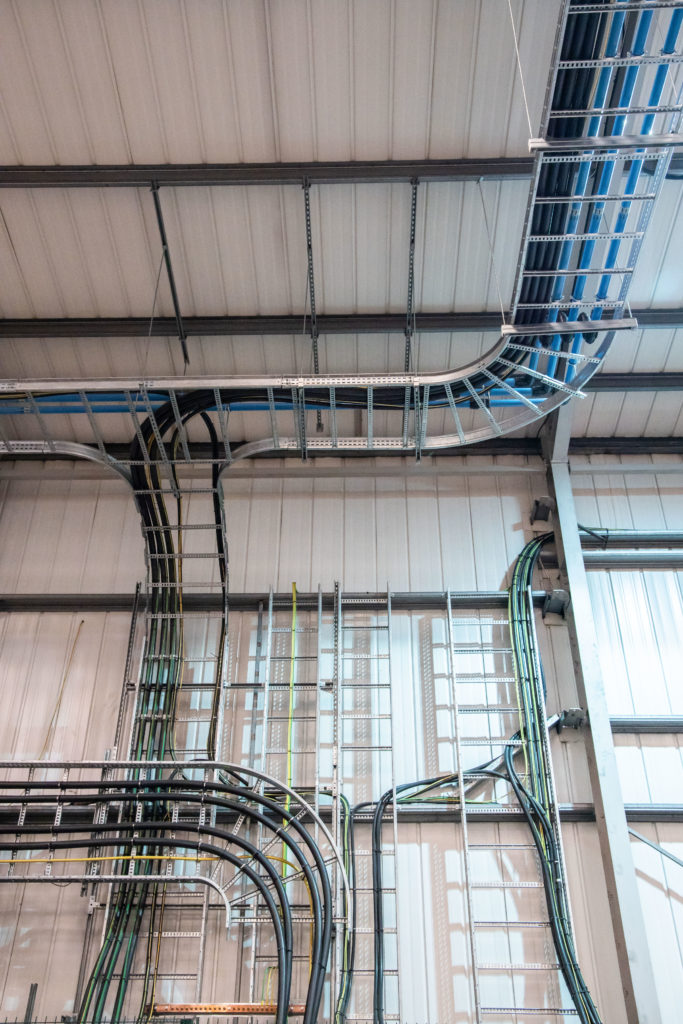
The tests are designed to check the resilience of the whole installation, which means measuring the level of protection that the cable management provides to the cables in the event of a fire.
The test rig involves electrical cabling contained using each cable management type and connected to a lamp. The test is carried out at a temperature of 10000C – similar to the temperature that would be expected when fire has taken hold within a building – and the fire rating of the cable management system is based on the number of minutes that the lamp remains lit under this temperature. Each rating milestone is measured when electrical power has continuously lit the lamp past a milestone number of minutes. An E30 rating means that the system has passed the test for at least 30 minutes, an E60 rating means that the lamp has been powered for at least 60 minutes and an E90 rating means that the lamp has been illuminated while the fire has burned at 10000C for a minimum of 90 minutes.
E90 Rating
All the products tested by Unitrunk received a fire rating following the tests and all the Unitrunk cable tray systems involved were recognised with an E90 rating; making them sufficiently robust and fire safe to withstand a fire for long enough for the emergency services to come and tackle the blaze.
As an increasingly significant number of specifiers and end users continue to put a major focus on the fire safety of each of the building elements required to construct or refurbish a property, these results offer complete peace of mind that the installation is as robust as possible when using Unitrunk cable management systems.
They also demonstrate the importance of supplying the named product specified, as the confirmed fire safety offered by these systems cannot be matched by any ‘equal or equivalent’ switch; unless or until such time as the rest of the cable management sector opts to invest in fire safety testing. As a UK manufacturer, Unitrunk can offer the quality assurance of consistent quality across every item we produce.
Lessons Learned?
The Grenfell disaster has resulted in significant lessons learned across all aspects of building design and specification and those learning points are still being unpicked and embedded into new regulatory frameworks.
Amongst the key elements of that learning process, the importance of independently-verified fire testing and the need to manage safety performance by avoiding downgrading materials to lower quality alternatives, has created a culture change that will, hopefully, improve the calibre of our built environment and offer us safer places to live and work.

